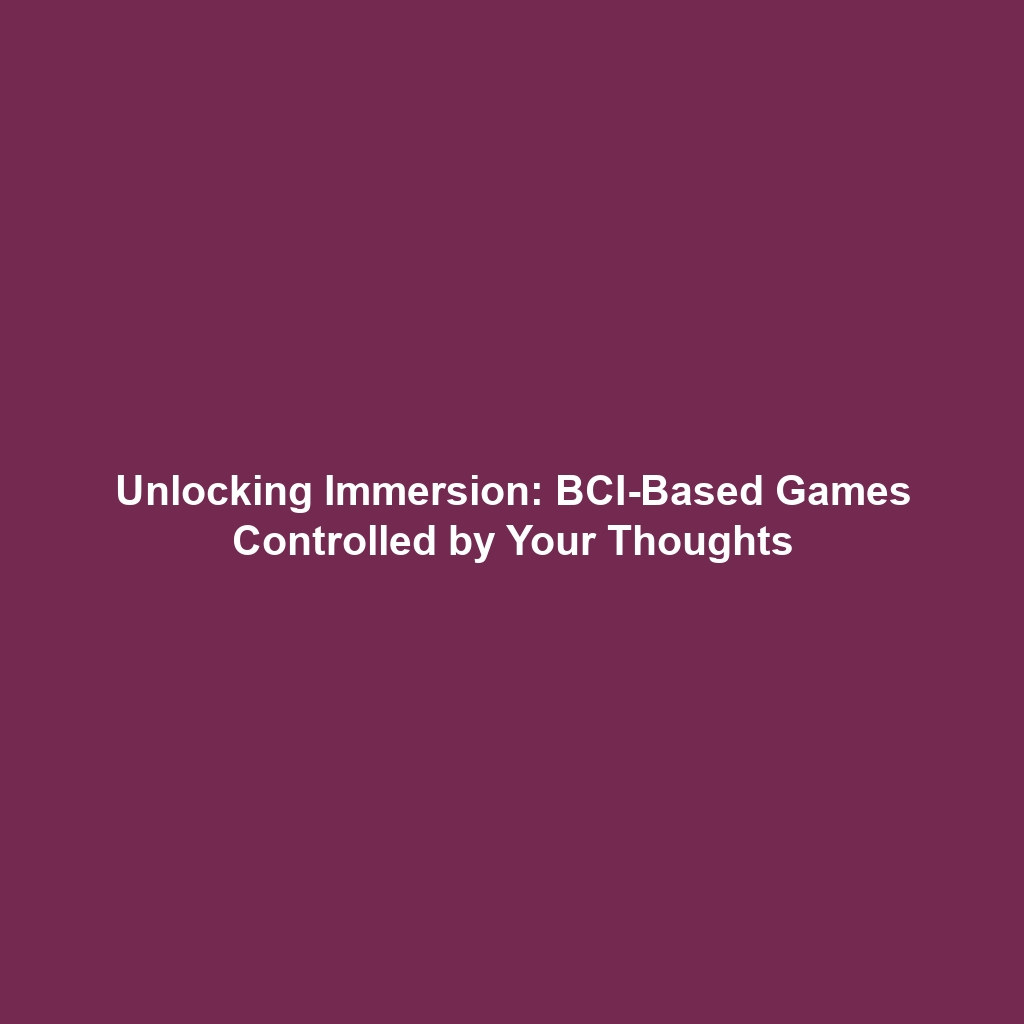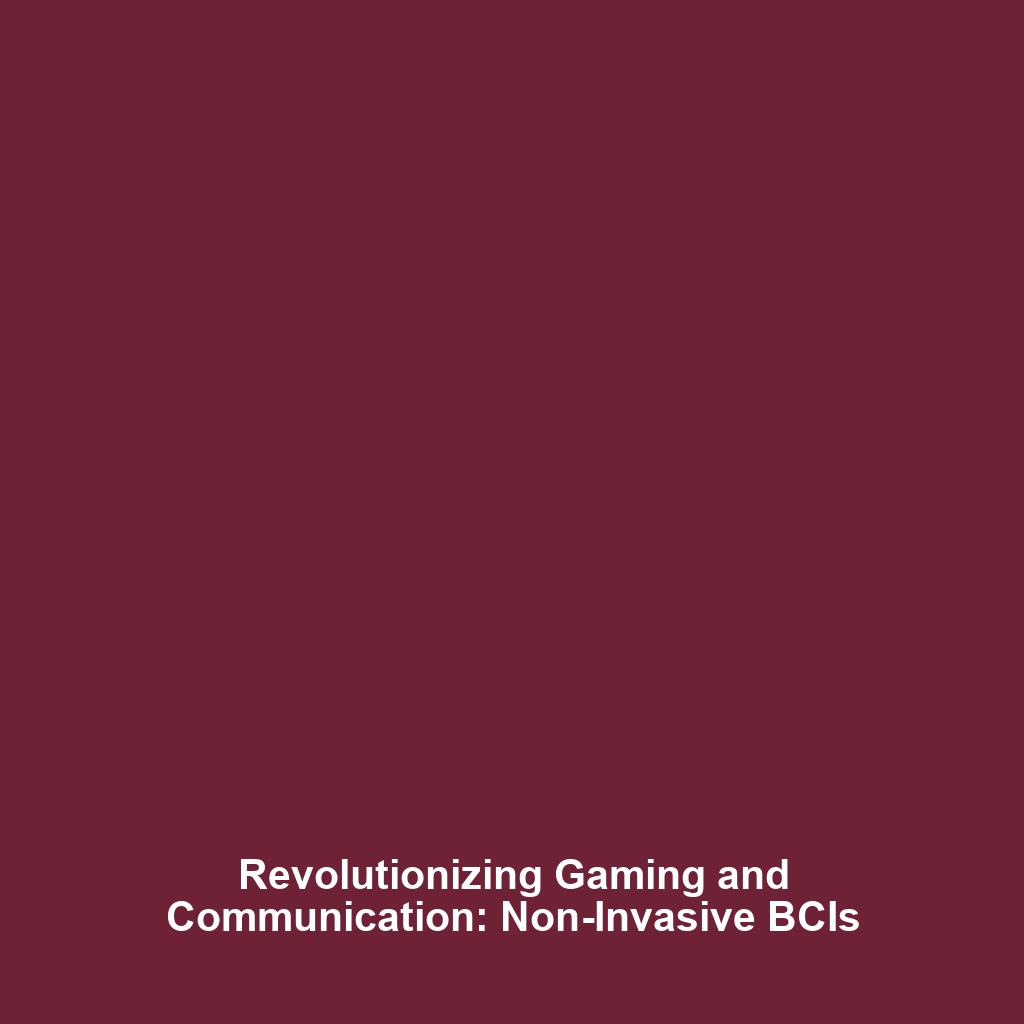Signal Accuracy and Interpretation in Brain-Computer Interfaces
Introduction
Signal accuracy and interpretation are critical elements in the rapidly evolving field of brain-computer interfaces (BCIs). These systems enable direct communication between the brain and external devices, making small inaccuracies in signal interpretation potentially detrimental to functionality. This article delves into the significance of signal accuracy, exploring how precise data readings and interpretations enhance BCIs’ performance and user experience. Understanding these concepts is vital for advancing BCI technology and improving applications ranging from assistive devices to neurogaming.
Key Concepts
Defining Signal Accuracy
Signal accuracy refers to the degree to which the signal processed by a BCI reflects the true neural activity. High signal accuracy is essential for effective communication in BCIs, as it determines how well the system interprets neuron firing patterns.
Interpretation Principles
Interpretation in BCIs involves decoding brain signals into actionable commands. It encompasses the algorithms and techniques used to analyze neural data, ensuring the output aligns with user intentions. Reliable interpretation hinges on accurate signal acquisition and processing, thus emphasizing the interplay between these two concepts.
Applications and Real-World Uses
The intersection of signal accuracy and interpretation has led to remarkable advancements in BCIs, with several practical applications:
- Assistive Technologies: BCIs enable individuals with physical disabilities to control prosthetic limbs and computer interfaces directly using brain signals.
- Neuromarketing: Marketers leverage BCI technology to understand consumer reactions, analyzing how neural signals correlate with brand perception.
- Gaming: Interactive gaming platforms utilize BCI systems for immersive experiences, allowing players to control characters through thought.
These applications exemplify how signal accuracy and interpretation enhance the functionality and usability of brain-computer interfaces.
Current Challenges
Despite significant advances, several challenges and limitations hinder the effective study and application of signal accuracy and interpretation in brain-computer interfaces:
- Noise and Artefacts: External interference can distort signal clarity, complicating accurate interpretation.
- Limited Data Diversity: Current algorithms often lack robustness due to insufficient training data from diverse populations.
- Real-time Processing: Achieving real-time processing without compromising accuracy remains a technical challenge.
Future Research and Innovations
Looking ahead, several exciting innovations and research avenues focus on enhancing signal accuracy and interpretation in BCIs:
- Machine Learning Advances: Utilizing advanced machine learning techniques to improve signal interpretation and reduce errors.
- Wearable Sensors: Development of next-generation sensors that provide more accurate readings from neural activity.
- Multimodal Interfaces: Researching integration with other sensory modalities for enhanced interpretation.
Conclusion
In summary, signal accuracy and interpretation play a pivotal role in the advancement of brain-computer interfaces. Proper understanding and improvement of these concepts are essential for unlocking future applications that can significantly benefit various fields. As innovations continue to emerge, staying informed on developments in BCI technology is crucial. For further reading on related topics such as BCI technologies and neural decoding methods, visit our site.


